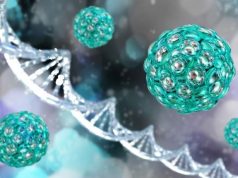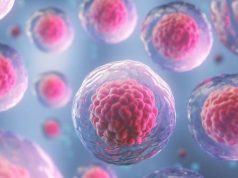Those who develop severe acute graft-versus-host after stem cell transplant have higher mortality
MONDAY, Oct. 23, 2017 (HealthDay News) — After hematopoietic stem cell transplantation (HSCT) for acute leukemia, patients who survive severe acute graft-versus-host disease (aGVHD) have a higher risk of developing extensive chronic GVHD (cGVHD) and a higher rate of non-relapse mortality compared with those who did not develop severe aGVHD, according to a study published online Oct. 13 in the Journal of Internal Medicine.
Olle Ringdén, M.D., Ph.D., from the Karolinska Institutet in Sweden, and colleagues analyzed the long-term outcome in patients with acute leukemia who survived for more than six months after HSCT. They compared 1,738 patients alive after severe aGVHD with 21,825 patients who did not develop severe aGVHD (controls).
The researchers found that patients with severe aGVHD had higher non-relapse mortality (NRM) and a higher rate of extensive cGVHD than the controls. While the probability of relapse was significantly lower in the severe aGVHD group, leukemia-free survival (LFS) and overall survival were also significantly lower compared with the controls. For patients with severe aGVHD, five-year LFS was 49 percent versus 61 percent in controls with no or mild GVHD and 59 percent in patients with moderate GVHD.
“This study is a platform for outcome analysis in patients treated with novel therapies for acute GVHD,” write the authors.
Abstract/Full Text (subscription or payment may be required)
Copyright © 2017 HealthDay. All rights reserved.








